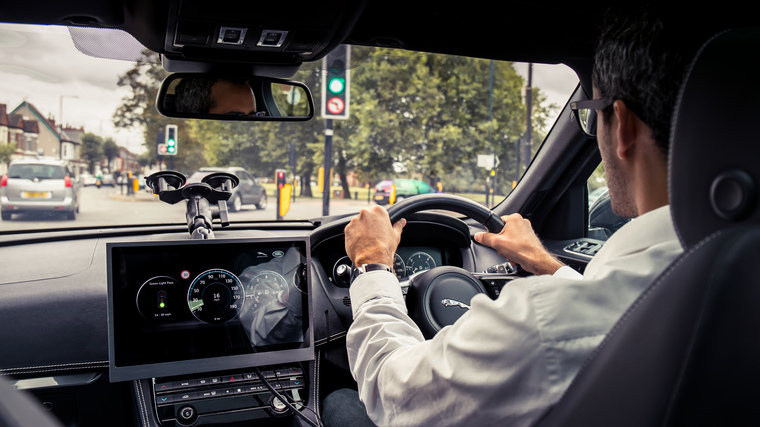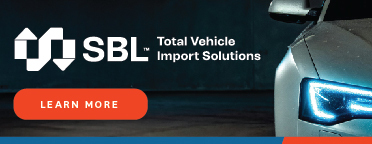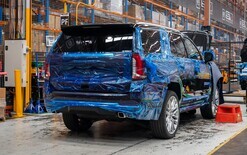New technology dodges red lights

Congested roads could be a thing of the past thanks to Jaguar Land Rover's (JLR) latest technology called the Green Light Optimal Speed Advisory (GLOSA) system.
A key element of the technology is what car manufacturers call "Car-to-X" or "Vehicle-to-infrastructure" (V2X) technology.
The V2X technology allows vehicles to have the ability to communicate with roading infrastructure such as traffic lights and parking buildings, enabling cars to drive at the right speed and pick the correct routes to keep traffic moving.

JLR says that widespread adoption of the V2X technology will prevent drivers from racing to beat the lights and improve air quality by reducing harsh acceleration or braking near lights.
"This cutting-edge technology will radically reduce the time we waste at traffic lights. It has the potential to revolutionise driving by creating safe, free-flowing cities that take the stress out of commuting," said Oriol Quintana-Morales, JLR connected technology research engineer. "Our research is motivated by the chance to make future journeys as comfortable and stress-free as possible for all our customers."
The connected technology is currently being trialled on a Jaguar F-Pace, as part of a collaborative research project.
Like many modern vehicles, the F-Pace already has a range of Advanced Driver Assistance (ADAS) features, like camera-based autonomous braking and adaptive cruise control.
Intersection collision warning (ICW) tells drivers when it is unsafe to proceed at a junction. ICW informs drivers if other cars are approaching from another road and can suggest the order in which cars should proceed at a junction.
JLR has also addressed time lost to searching for a parking space by providing real-time information of available spaces to drivers and developed an emergency vehicle warning to alert motorists when a fire engine, police car or ambulance is approaching.
The trials are part of the NZ$37 million government-funded project, UK Autodrive, which has helped accelerate self-driving and connected technology.






